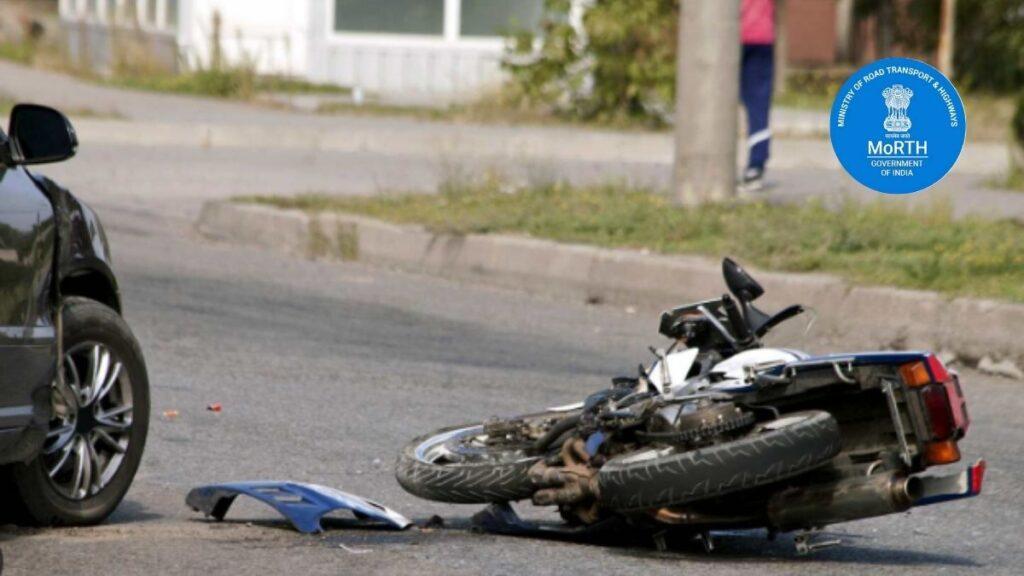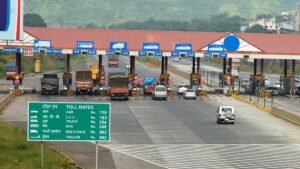Ministry of Road Transport announces plans to introduce dedicated lanes for two-wheelers following increasing rate of accidents involving two-wheelers

The Ministry of Road Transport has announced plans to introduce dedicated lanes for two-wheelers on state highways and urban roads. This proactive step aims to reduce the alarming rate of accidents involving two-wheelers, which account for a staggering 44% of all road crashes in India. Additionally, 17% of road accidents involve pedestrians, underscoring the need for improved safety measures for Vulnerable Road Users (VRUs).
Comprehensive Plan for Safer Roads
The Ministry of Road Transport is currently drafting a comprehensive plan to construct these dedicated lanes. The plan also includes building pedestrian foot over bridges (FOBs) or underpasses along major urban arterial roads to further segregate different types of traffic and enhance overall road safety. According to a report by Dipak K Dash in the Times of India, non-segregation of traffic is a significant cause of high crash rates in India.
Statistics Highlight the Urgency
Two-Wheeler Accidents: 44% of road crashes and fatalities involve two-wheelers.
Pedestrian Safety: 17% of crashes and 19% of fatalities involve pedestrians.
Vulnerable Road Users: Pedestrians, cyclists, and two-wheeler riders make up more than half of the fatalities in road accidents.
SAFE Initiative: Strategic Measures
The Ministry has introduced a consultation paper titled ‘SAFE’ to develop strategies aimed at reducing road crashes and fatalities, focusing particularly on VRUs. Inspired by Malaysia’s successful implementation of dedicated corridors for two-wheelers, the paper outlines various measures to segregate traffic and reduce accidents.
Road Safety in Education
A notable aspect of the Ministry’s proposal is the integration of road safety education into school curriculums. By organizing annual road safety workshops, the initiative aims to instill safe driving habits in young individuals, especially since over 50% of road accident victims are youth under the age of 35.
The scheme is designed to achieve a 70% reduction in accidents and fatalities per 10,000 vehicles and a 50% reduction per 10,000 km of road length. It aims to improve institutional capabilities, policy frameworks, and financial structures. The programme is structured as a centrally-sponsored scheme (CSS) with an estimated expenditure of Rs 14,000 crore, with the central government funding Rs 9,948 crore and the states and Union Territories (UTs) contributing Rs 4,053 crore.
Three-Fold Approach to Enhancing Road Safety
The scheme includes three key approaches:
- Mandatory Initiatives: Implementing mandatory road safety interventions with phased targets to be measured annually.
- Target-Linked Initiatives: States and UTs will receive incentives based on the achievement of annual road safety targets.
- State Road Safety Ranking: States and UTs will be ranked yearly based on their reduction in road crashes, fatalities, and injuries, promoting best practices and accountability.
The Ministry of Road Transport’s initiative to introduce dedicated lanes for two-wheelers represents a significant step towards reducing two-wheeler accidents and enhancing road safety for all users. By learning from international best practices and focusing on education and structured implementation, the scheme aims to make Indian roads safer for everyone.







